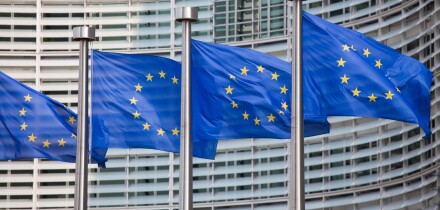The Finanzagentur and the Agence France Trésor might not like the idea much, but the fact is that neither are ideal as the eurozone’s reference benchmark.
Germany is indisputably the safest credit in the bloc, but its infamous debt brake means that there are never quite enough Bunds to go around.
There are plenty of OATs, but the French curve is volatile — its fiery domestic politics have a way of bumping its curve around during election seasons.
The EU might not be as safe as Germany, nor as liquid as France (yet), but it has a philosophical advantage over both because it represents the bloc as a whole.
The true obstacle is the political unwillingness to enter a fiscal union. The €800bn Next Generation EU borrowing programme has got this far only because of chancellor Merkel and president von der Leyen’s repeated insistence that it is a temporary measure responding to a unique crisis.
If that is true, then the EU will stop issuing net debt at the end of 2026 and its portfolio will shrink in size and average maturity until it vanishes. That’s no kind of safe asset.
Yet EU commissioner Johannes Hahn threw the EU’s hat in the safe asset ring this week, name-checking the concept in his press conference to announce the EU’s funding programme.
German constitutional battles make it a sensitive issue, but if the EU is to embrace the challenge of becoming Europe’s key reference at home and abroad, it needs to start talking about sticking around.






